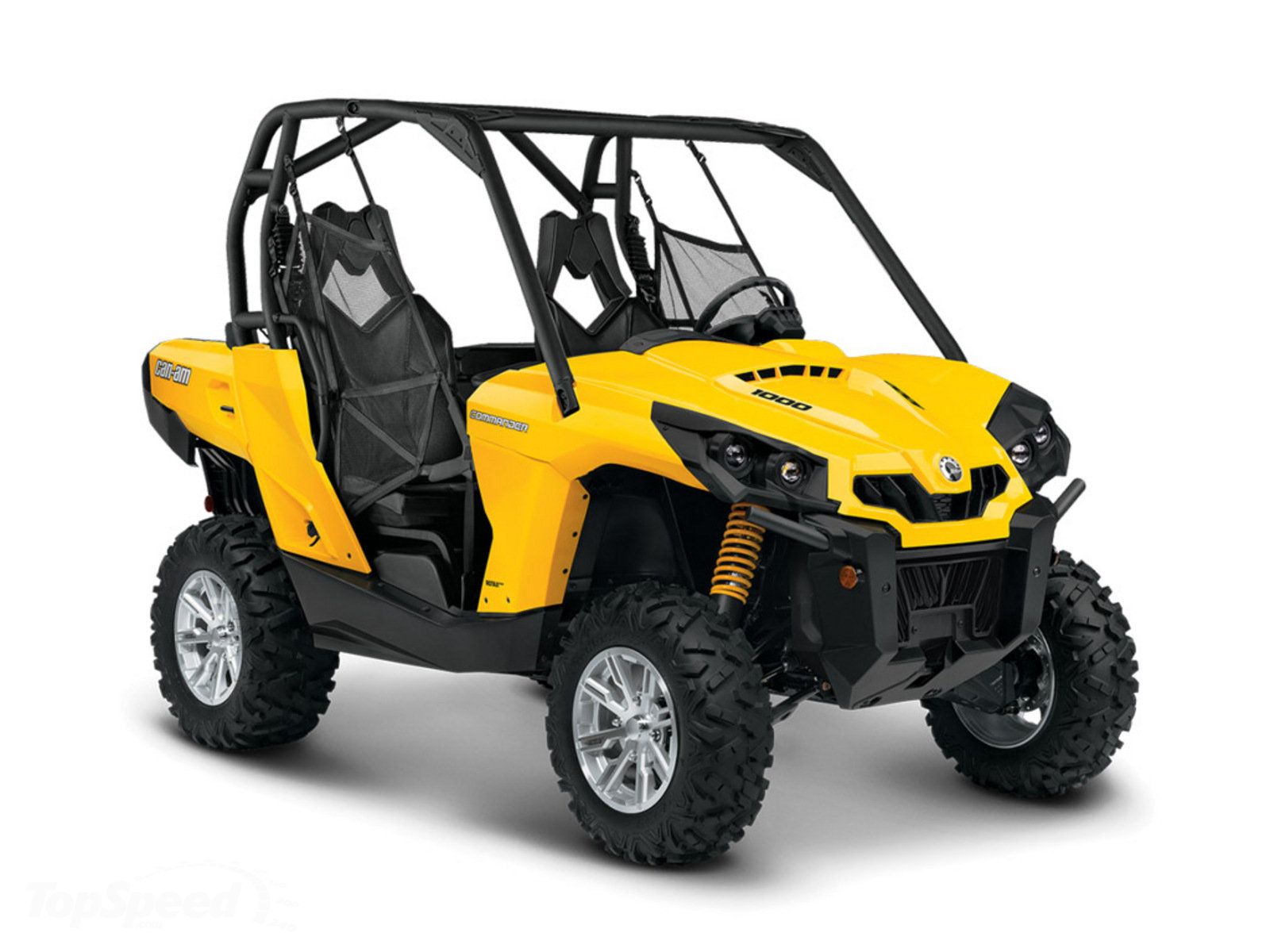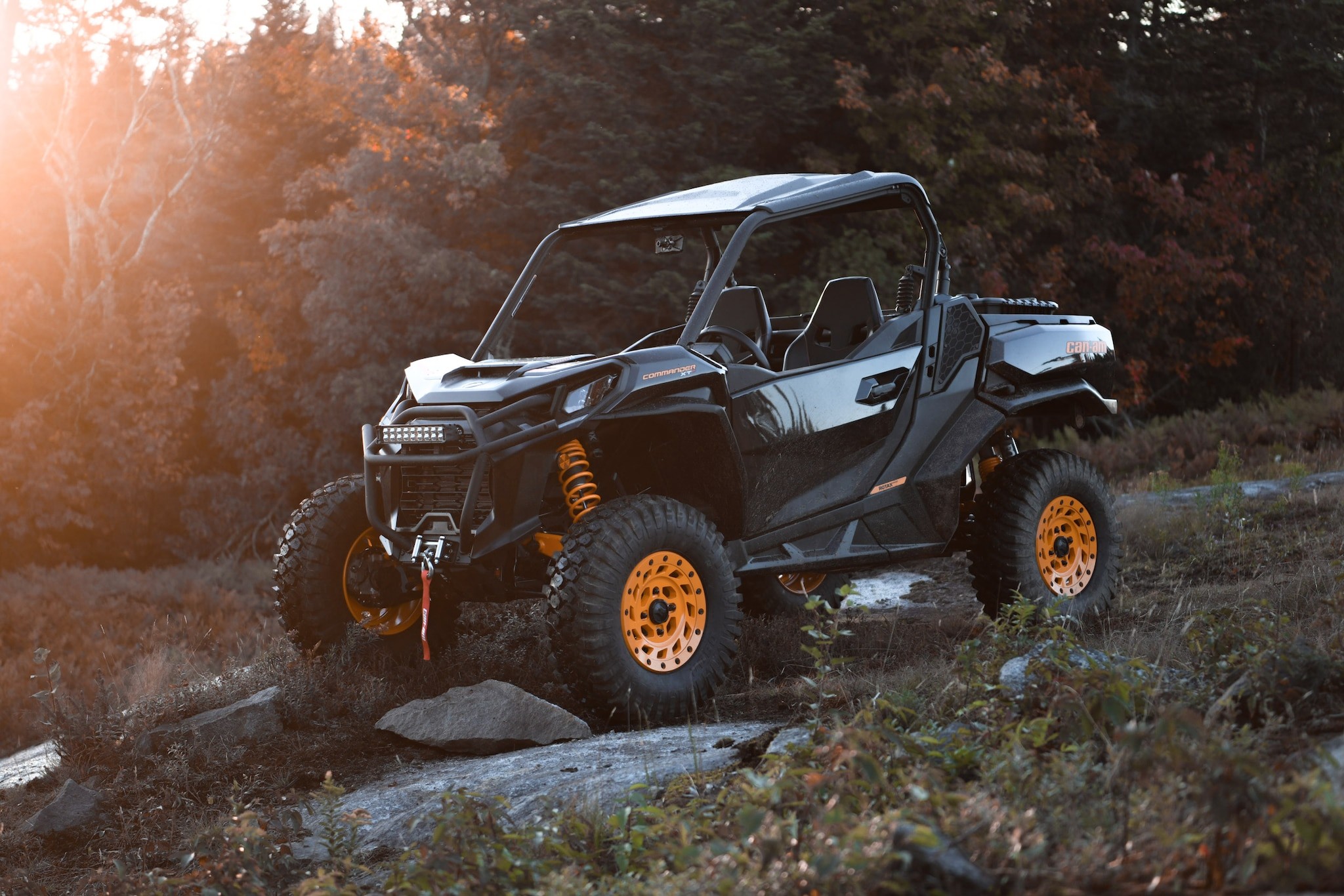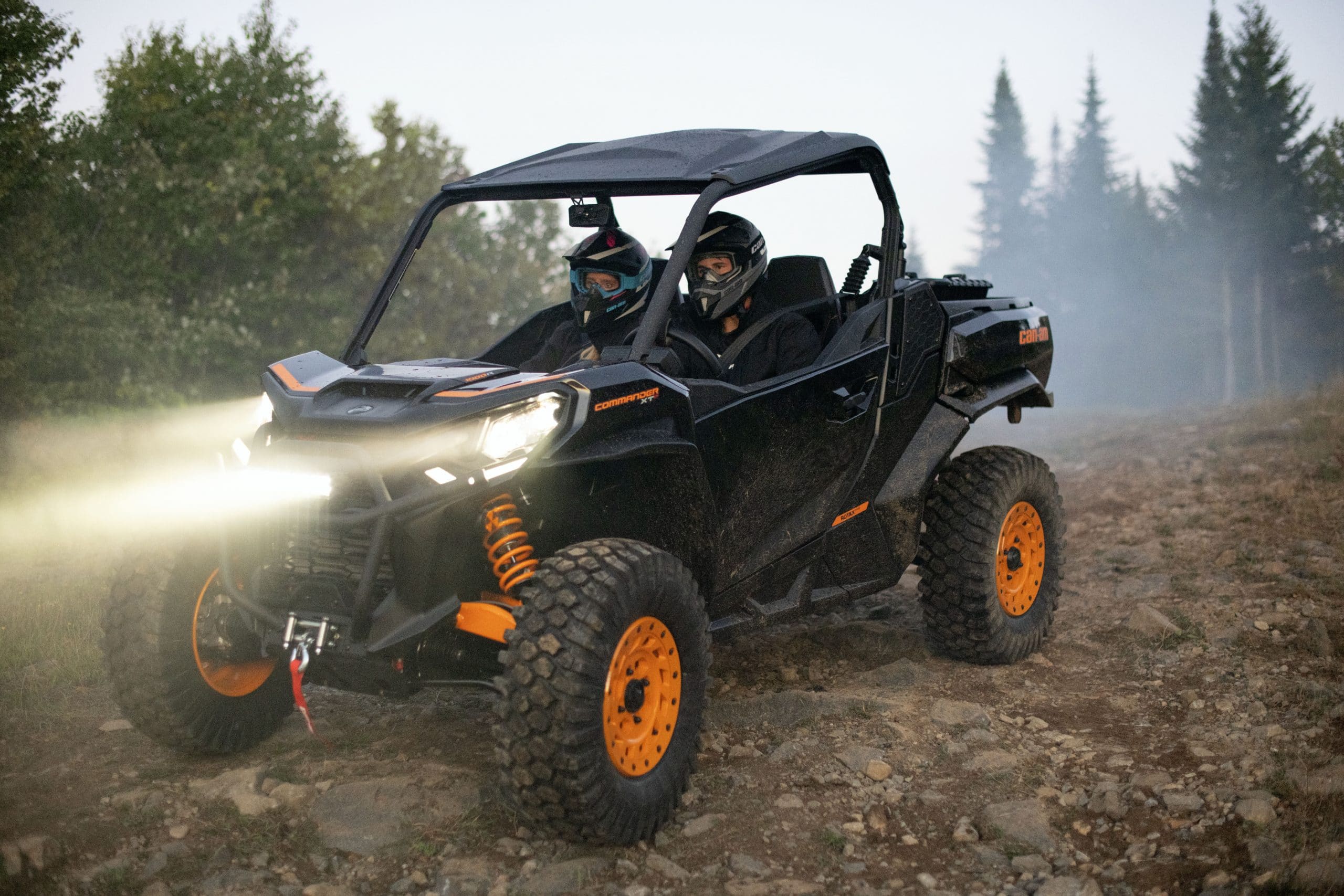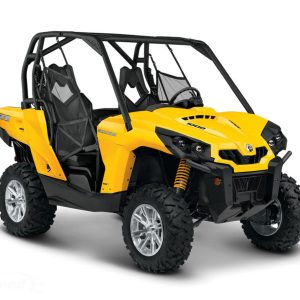Contents
Can-Am Commander Top Speed

Executive Summary

The Can-Am Commander is a popular side-by-side vehicle known for its power, versatility, and off-road capabilities. One of the key features that attracts many owners is its top speed. Understanding the factors that affect the Can-Am Commander’s top speed and how to maximize it can enhance the overall driving experience. This article will delve into the intricacies of the Can-Am Commander’s top speed, exploring its capabilities, factors influencing it, and methods to enhance performance.

Introduction
The Can-Am Commander is a powerhouse in the side-by-side market, offering impressive performance and off-road prowess. Many enthusiasts are eager to learn about its top speed potential. However, the Commander’s top speed is not a fixed value and can vary depending on several factors. This article will explore the top speed of the Can-Am Commander, explaining how various elements affect its performance and how to maximize its potential.
Frequently Asked Questions
What is the stock top speed of a Can-Am Commander? The stock top speed of a Can-Am Commander can vary based on the model and engine size. Generally, it ranges from 60 to 70 mph. However, it’s important to note that this is the manufacturer’s stated top speed, and actual performance can differ depending on factors like terrain, driver weight, and weather conditions.
How can I increase the top speed of my Can-Am Commander? There are several ways to boost your Can-Am Commander’s top speed, including: installing a performance exhaust system, upgrading the intake, and tuning the engine. However, it’s crucial to consult with a qualified mechanic before making any modifications to ensure safety and optimal performance.
Are there any safety concerns associated with exceeding the Can-Am Commander’s top speed? Exceeding the manufacturer’s recommended top speed can compromise safety and put you and others at risk. It can lead to instability, loss of control, and increased wear and tear on the vehicle. It’s essential to prioritize safety and always drive within safe speed limits and terrain conditions.
Engine and Transmission
The Can-Am Commander’s engine and transmission play a crucial role in determining its top speed. Different models are equipped with various engine sizes and power outputs. The more powerful the engine, the higher the potential top speed. Here’s a closer look:
- Engine Size: The Can-Am Commander comes with various engine options, including 800cc, 976cc, and 1000cc. Larger displacement engines typically produce more horsepower and torque, leading to higher top speeds.
- Transmission: The Can-Am Commander features a CVT transmission that automatically adjusts gear ratios for optimal performance. This transmission system helps achieve smooth acceleration and efficient power delivery.
- Gear Ratio: The final drive ratio, which determines the relationship between engine speed and wheel speed, can influence top speed. A lower final drive ratio allows for higher top speeds but may affect acceleration.
- Engine Tuning: Tuning the engine’s computer system can optimize power delivery and potentially increase top speed. This can involve adjusting parameters like fuel delivery, ignition timing, and boost pressure.
Aerodynamics
While not as impactful as engine and transmission, aerodynamics also plays a role in a vehicle’s top speed. Streamlining the Commander’s body can help reduce wind resistance and increase its speed potential. Here’s what you can consider:
- Windshield: A taller windshield can create more wind resistance, impacting top speed. Consider installing a shorter, more aerodynamic windshield for better performance.
- Roof: Similar to the windshield, a roof can also affect wind resistance. A low-profile roof or an open-top configuration can improve aerodynamics.
- Roll Cage: The roll cage can create wind resistance, especially at higher speeds. Streamlining the roll cage or adding fairings can help reduce drag.
- Accessories: Any additional accessories, like mirrors, lights, or cargo boxes, can also impact aerodynamics. Ensure these are as streamlined as possible to minimize wind resistance.
Tires and Wheel Size
The tires and wheels of the Can-Am Commander play a significant role in its top speed and overall performance. Here are some key considerations:
- Tire Size: Larger tires provide more traction and stability but can increase rolling resistance, potentially limiting top speed. Smaller tires have less rolling resistance, which can improve performance.
- Tire Type: All-terrain tires are designed for versatile use, but their tread pattern can create drag. If you’re aiming for higher top speed, consider road-legal tires with a smoother tread design.
- Wheel Size: Larger wheels can improve handling but also increase rolling resistance. Smaller wheels can have a slight advantage in terms of top speed.
- Inflation Pressure: Maintaining correct tire inflation pressure is essential for optimal performance. Underinflation can increase rolling resistance, while overinflation can reduce traction and handling.
Modifications for Increased Top Speed
Many aftermarket parts and upgrades are available to enhance the Can-Am Commander’s top speed. However, it’s crucial to approach modifications with caution and consider safety. Here’s a breakdown of common enhancements:
- Performance Exhaust System: A high-flow exhaust system can reduce backpressure, improving engine breathing and potentially increasing horsepower and top speed.
- Cold Air Intake: Upgrading the intake system with a cold air intake can provide cooler, denser air to the engine, resulting in improved power output and potentially higher top speed.
- Turbocharger or Supercharger: Adding a turbocharger or supercharger can significantly increase horsepower and boost top speed. However, these modifications require professional installation and careful tuning.
- Engine Tuning: Remapping the engine’s computer system with a custom tune can optimize fuel delivery, ignition timing, and other parameters, potentially maximizing performance and top speed.
Conclusion
The Can-Am Commander’s top speed is not a fixed value and is influenced by various factors, including engine size, transmission, aerodynamics, tires, and aftermarket modifications. Understanding these factors and making informed choices can help you maximize the Commander’s performance. While increasing top speed can be appealing, prioritizing safety and driving within safe limits and terrain conditions is essential. Remember that exceeding the manufacturer’s recommended top speed can compromise safety and put you and others at risk.
Keyword Tags:
- Can-Am Commander Top Speed
- Side-by-Side Top Speed
- Can-Am Commander Performance
- Can-Am Commander Modifications
- Side-by-Side Modifications
